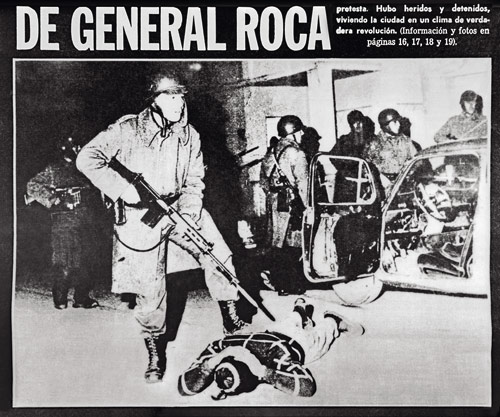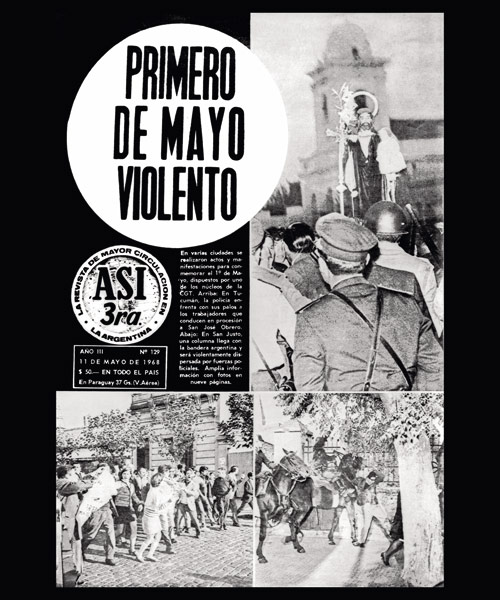1973-1977
Juan Carlos Romero

Similarly to other artists from his generation, like Edgardo Antonio Vigo and León Ferrari, Juan Carlos Romero conceived his practice – since his beginnings in the 1920s – as the totality of all his actions and interventions in public life, whether or not they could be classified conventionally as ‘artistic’. And so, apart from his output in postal art, visual poetry, performance, graphics, painting and etching, Romero also prioritised his writing, publishing, curatorship, teaching, activism and the creation of an archive on art and politics. Romero has always been an experimental artist and a defender of collective practices capable of generating their own spaces of circulation, both inside and outside conventional channels.
Violencia [Violence] is an installation, originally created in 1973, at a time of profound institutional, ideological and social crisis in Argentina. During this period the country was under military rule and, with the ex-president Perón about to return after a long exile, debates raged on the formation of a popular national government, the profile of a New Left and the need for armed struggle.

Violencia summarises all these issues and condenses virtually all the artist’s fields of activity: the result of an archiving project focussed on the way in which the press presented the conflicts of the time; a militant intervention that called for, in terms akin to Frantz Fanon and Jean-Paul Sartre, a response to oppressive violence with liberating violence; a holistic conception of the exhibition space and its relationship with the space of the street; an acceptance of the role of the spectator as a necessary agent for social change; and a graphic and conceptual experiment. In short, an overarching idea of art as research, intervention and awareness – core elements of Latin American Conceptualism in the 1960s and 70s. – SGN




